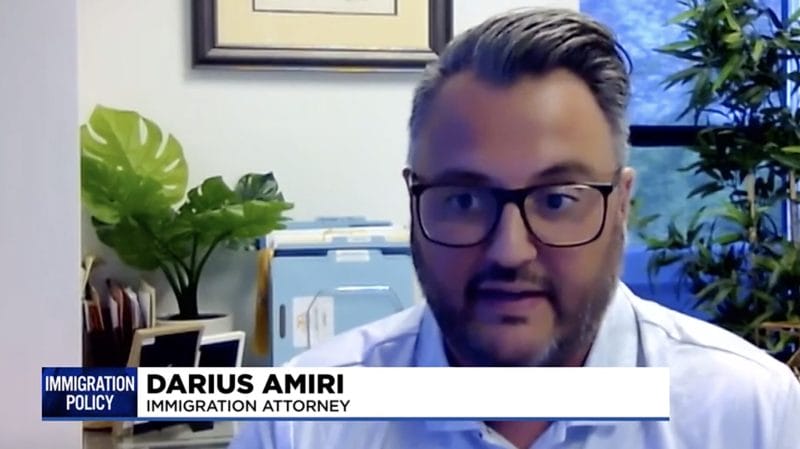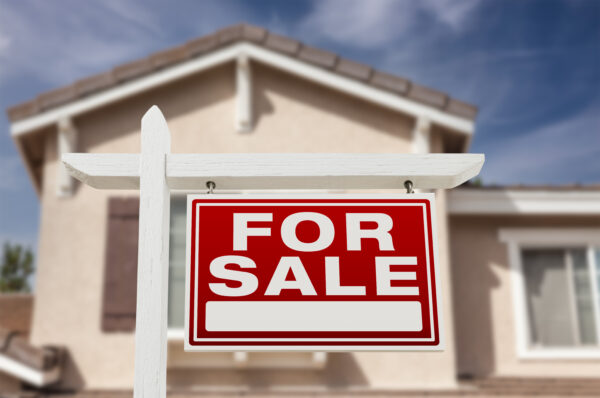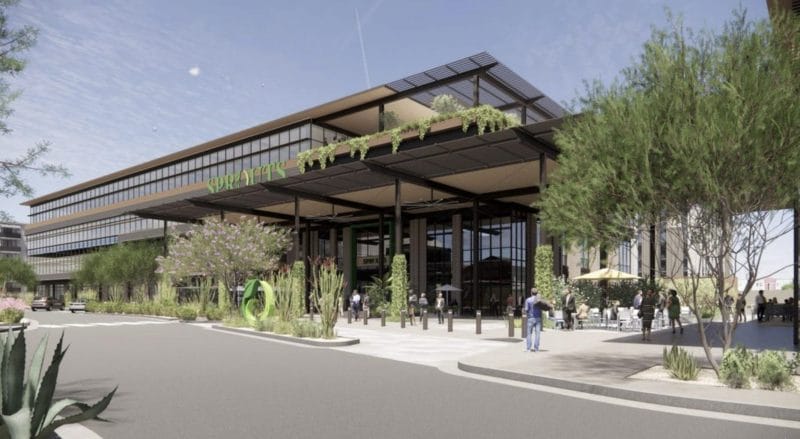Jordan Rose, founder and president of Rose Law Group, moderates housing executive panel at AZ Dealmakers
By Madelaine Braggs | Rose Law Group Reporter
Data presented at the 2023 AZ Dealmakers conference hosted by Zonda suggests there’s hope to addressing the housing shortage, after years of supply-chain and labor issues sparked by the pandemic. Even while the federal reserve increases interest rates, homebuilders are working to make homes affordable by increasing inventory, dropping prices, constructing with simplified amenities and catering to an emerging demographic of homebuyers.
Rose Law Group founder and President Jordan Rose moderated an executive power panel of housing executives, who gave an inside scoop at the many hot and cold factors impacting the market right now. Nearly 900 professionals were in attendance.
Arizona Builder Power Panel: Strategies for Navigating the Year Ahead
Heath Melton, President of the Phoenix Region of The Howard Hughes Corporation, likened the housing market to a WWE wrestling ring, animatedly telling the crowd, “Let’s get ready to rumble!” He says that’s his outlook for the 2023 market.
“A lot of us felt bad a little beat up, but it’s time to get back into the ring. Homebuilders are starting to experience strong new home sales. Maybe we’re getting out of the headwinds, but from a lot delivery standpoint, I think we’re still behind. If January and February are indicators, our March-April could be an even smaller supply. If builders want to get back in the business, we’ll need more lot supply,” he said.
Alan Jones, Division President of Lennar, says what the company experienced last year was very interesting. In March, they sold over 250 homes but that went down to 50 in August. He realized, “We have to do something different. Interest rates went from 3% to 6%, so affordability went away. We need a price to the market and thankfully we have an ability to buy the rate down. We see an opportunity. but so much of it is related to affordability.”
Jones says when rates go to 6%, a buyer’s 400K budget translates to a 320K home. “That’s not a first-time home buying market. If you can go to 4%, you’re back to a $350K home and that’s what we need to figure out how to do.”
He added, “Were at such a low rate of permits, we wonder ‘What’s happening to those buyers?’ What’s happening is the BTR. They’re all choosing to rent. We have a housing shortage in this country and here in Phoenix, but homebuyers can only afford so much. It becomes a mathematical equation… you figure out what their income is what they’re qualified for and sell within that budget.”
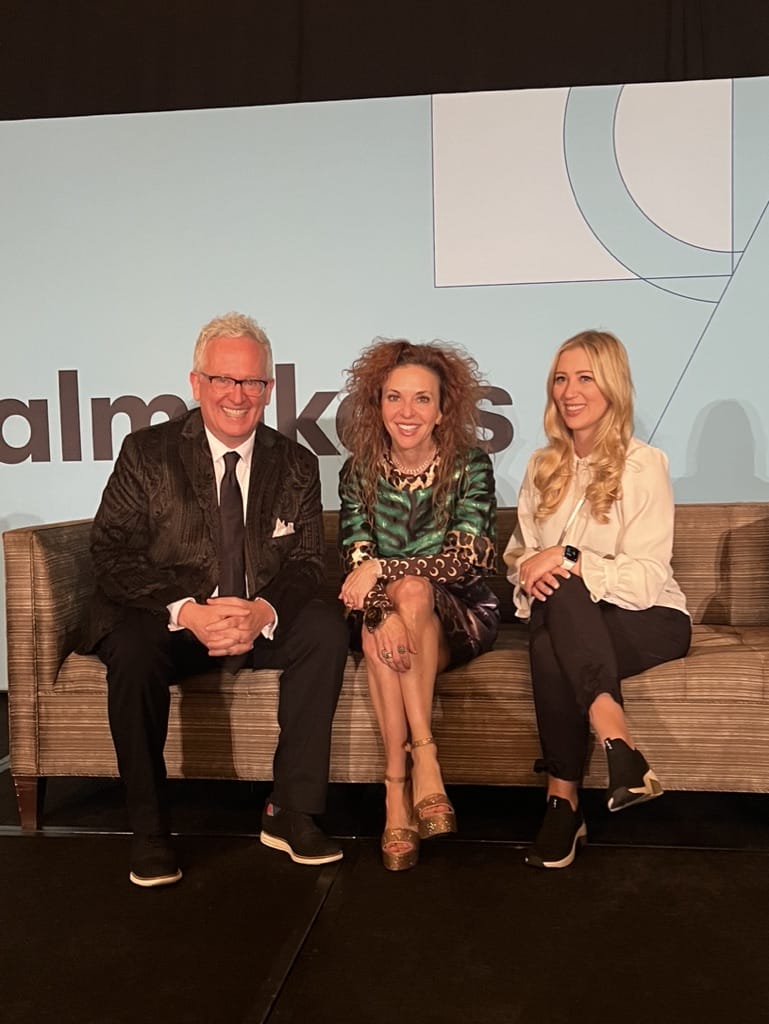
Rose asked Jones, “When you buy down the rate, how much less money are you making?”
“It does vary, but it’s around 6-8% per home,” he said with a pucker. “We need to figure out how to come together and bring the prices down when that happens we’ll see an uptick in the market.”
Affordability is the biggest problem in the market right now, agrees Stephanie McCarty, Chief Marketing and Communications Officer for Taylor Morrison. But in some ways, she says the recession could also be positive and it’s certainly a different ball game than 2005.
“The 05 recession is completely different than this recession. Prices went up 300% and we made loans to people we probably shouldn’t have. Then you look at today… we have job growth, we don’t make loans to people who can’t qualify and so you have in-migration from other states. [In this market], you don’t have an overbuild of the market, so there’s a housing shortage. From our perspective it all comes down to building to that market.”
McCarty says that one of Taylor’s Morrisons new strategies is paying off in a major way. Since the pandemic, 42% of prospective homebuyers using their online tools are converting to sales.
Housing Economic Outlook
When it comes to the market, Zonda Chief Economist Ali Wolf says, “There’s good news and bad news and when you put it together we see the truth.”
Fact is, we have an economy that continues to roll we have more jobs today than pre-pandemic era and now we’re down to the lowest unemployment rate in 50 years – 3.4%.
Does that mean we’ve made enough progress? Wolf says there’s still not enough price stability.
“The inflation data shows a welcome reduction in monthly pace of price increases, but it will take substantially more evidence to give confidence that inflation is a on a sustained downward path, she said quoting Federal Reserve Chair Jay Powell.
She says around 5% is where the Fed feels their policy will be sufficiently restrictive to get inflation under control, but it takes time for these higher rates to filter into the economy and especially the data.” This increases the risk of overdoing it, which makes economist like Wolf nervous. She believes the federal reserve could accidentally push us further into a recession.
Looking at the local stats, the average monthly payment in Phoenix is 89% more expensive than the start of 2021. Wolf says, “Consumers going through five stages of grief, but we’re getting to a point where at least rates are stabilizing.”
Phoenix new home sales are down 62% YOY and 60% from 2019. In response, 47% of Phoenix communities are offering incentives with an average dollar amount of $13,846 or 4.1% of list prices.
Most economists are saying the market is looking a lot better to start this year, but still not as strong as it was last year, which is good for policy makers, otherwise that’d indicate inflation will keep going.
Wolf says there’s a new acronym to describe buyers right now… instead of FOMA – Fear of Missing Out, we’re seeing FOBATT – Fear of Buying at the Top.
Most of Zonda survey respondents were able to buy at the rates between mid 4%-mid 5% rates.
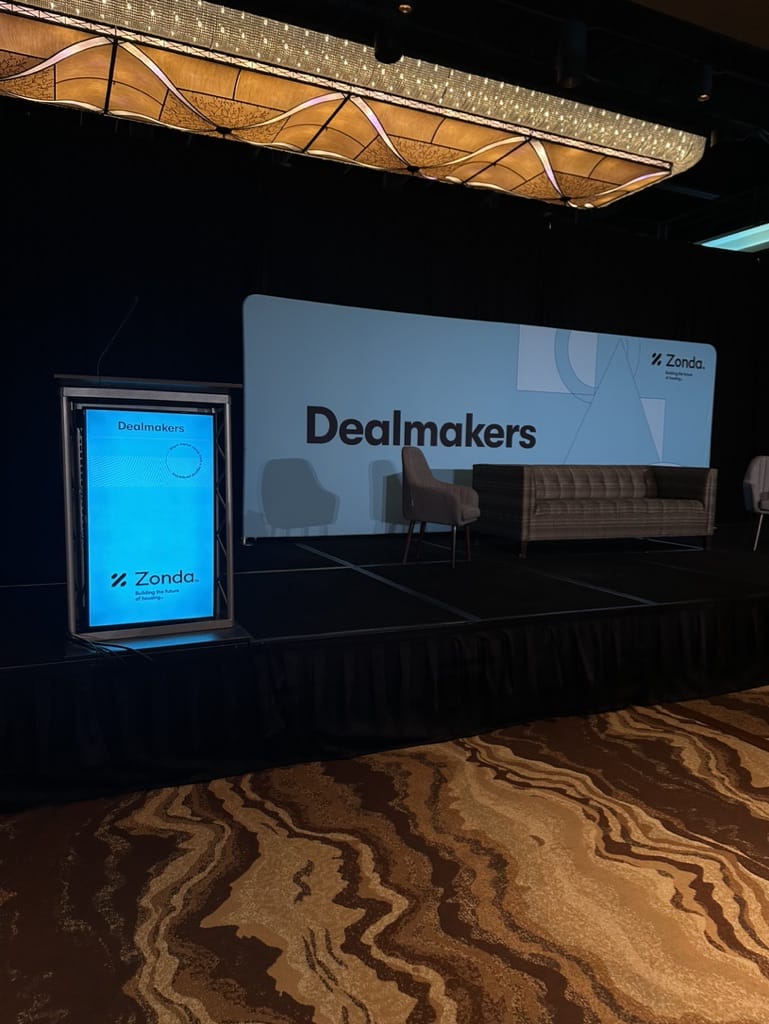
56% of builders nationally held prices flat in January, while 86% of Arizonans did the same. 32% of national builders lowered prices compared to 14% in Arizona. 12% of national builders increased prices while 0% did in Arizona.
Most builders say they’ve lowered prices between 5% and 20%.
55% of renters say they’re waiting for prices to drop, while last year that was only 5%.
“We’re finding a very clear shift in the consumer market mindset,” said Wolf.
Why drop prices? “It comes down to inventory. Builders intentionally changed the way they were building because we didn’t know what labor or materials were going to be available, so more shifted to building spec homes at the worst time, or QMI’s homes that can be moved into within 90 days. We saw this really rapid run up, but the demand environment was shifting.”
QMI’s nationally are up 40% and in Phoenix it’s up to 100%, compared to 2019.
Why sell and move right now? If you look at active listings, sellers are motivated. You have more I-buyers, flippers and investors who are willing to move product.
Wolf says the second key thing they’re watching is what happens over the next few months to sellers who listed at the beginning of the year. Are they getting the offers they wanted? Are people going to turn those homes into rentals or remodel? Or time the market in the stronger spring season? Only time will tell.
Surprisingly, Arizona is exceeding California in average equity gain. This does not happen often!
The average equity gain in California is $37K compared to $46K in AZ. Most of those buyers are coming out of state and so they’re not as cost conscious.
All-cash buyers in Phoenix are at 29%, 34% in Tucson, 35% nationally. Those buyers are not as sensitive to cost variables.
25% of builders are changing product to lower costs and sales prices, such as pairing back features, but 37% of builders say no to that strategy because they’re catering to luxury buyers, even though that market’s not as strong as 2021. 35% of builders are cutting back on square footage
Wolf says, “If inflation does not come down more fed reserve will absolutely tolerate inflation going back up.” We’re not trying to forecast the recession, but instead looking at employment as a way to guide which markets have longer sustainable growth.”
The Valley knows a thing or two about growth… Phoenix falls in the top 15 for top markets for total employment growth, top markets for high-income job growth and top markets for share of high-income jobs in 2021.
Across the country, data shows a realignment of starts and sales.
Is a recession certain? Wolf says, “No. The fed reserve has pulled off a soft landing the last 3/11 times and the market is showing more signs of life for this year than originally thought.
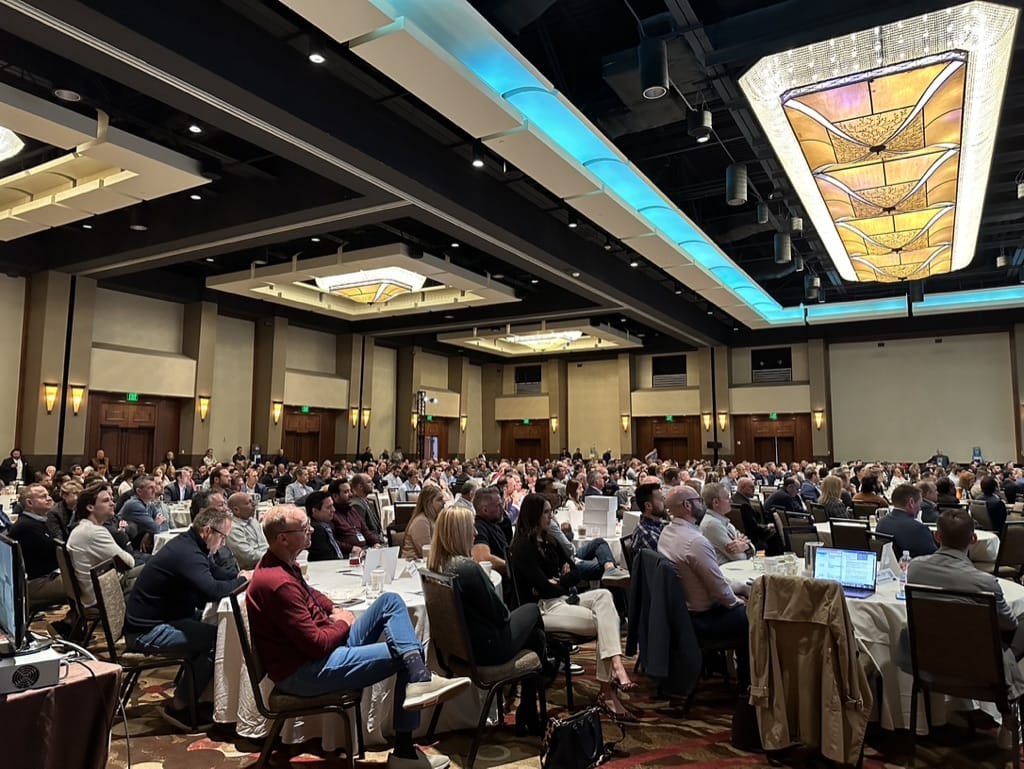
Housing Forecast for Arizona
The Arizona housing market has been a hot spot to buy and sell, leading to a surge in demand, increase in prices and low inventory. But the last 6 months have brought change.
Steven Hensley, Senior Manager at Zonda, says traffic is improving in the sales offices of Arizona. “There’s really good news on cancellation front. We’re seeing that number stabilize finally. It’s still above what we’re seen historically, but down to 20% range, after accelerating in the 3rd quarter last year.” However, high cancellation rates led to growing inventory levels.
Data shows vacant developed lots are on the rise, after trending consistently down from 2020 Q3. The first uptick came in Q4 2022. “We’re still below a market of equilibrium, but we’re not quite yet in an oversupply market,” he said. “As we move forward, we’re seeing pretty healthy lot development. Around 31K lots across Arizona currently in excavation and 15,500 lots with equipment on site ready to build.”
Top selling submarkets include Central Chandler, Tolleson, Central Scottsdale, South Buckeye, North-East Phoenix, Laveen, North Phoenix, and Litchfield Park respectively. There’s also booming development in the West Valley and some pockets in the TSMC market in north Phoenix, which is driving high demand.
Hensley says affordability is still a key driver in this market and anything under $450-350K is still the strongest in entry level sales. “We’re still trending below last year but we’re seeing serious qualified buyers come out of hiding.”
Data shows an overwhelming chunk of that new buyer demographic is single professional females. With a dog. Although, the industry is now calling them four-legged dependents.
“At 40% of sales, it’s the biggest demo.” says Steven LaTerra, CEO of TerraLane Communities. With that mind, TerraLane homes started prioritizing building with doggie doors and making sure a dog park is within walking distance.
“They don’t want to go into a dark parking garage, they don’t want to walk their dog in dark streets, or they have a creepy neighbor and they want to get out of those situations. They want a house,” said LaTerra
Builders are now specifically targeting pet owners for new sales, especially in build-to-rent communities. Emily Leppert, Vice President of BTR Acquisitions at Progress Residential says they too have taken notice of the emerging demo.
“Single professional women, with either a two or four legged dependent, are looking for two or more bedrooms. Enclosed backyards are a key selling-point in our product.” She says empty nesters are another key demo for renters who rather opt-out of ownership. “They have pets and adult children who live nearby. They don’t want to keep up with any high maintenance.”
If anything can be taken away from the 2023 AZ Dealmakers conference, it’s that the Arizona real estate industry is hustling to address the housing shortage. They’re keeping these heavyweight factors in mind in their strategies going forward; increased interest rates, changing demographics and constructing more inventory.
As Tim Sullivan, Senior Managing Principal at Zonda Advisory says, “Let’s make it a better market and let’s work together to do it.”



